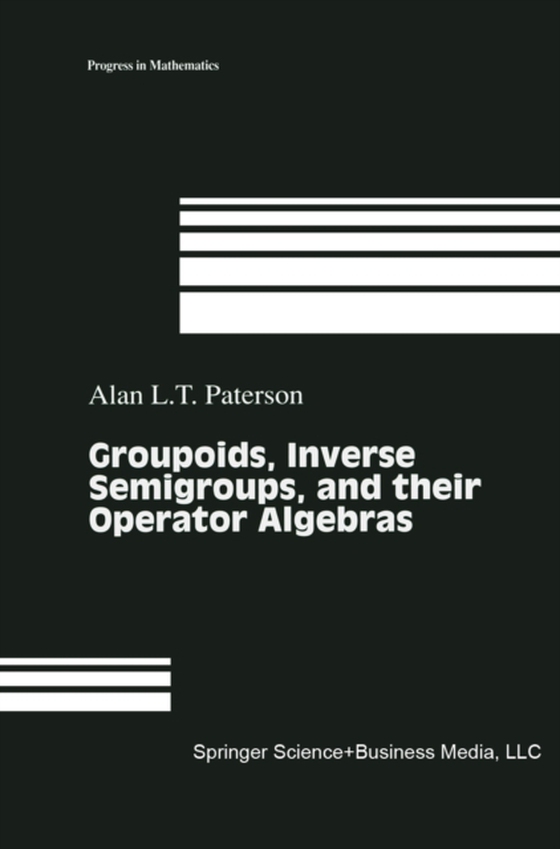
Groupoids, Inverse Semigroups, and their Operator Algebras e-bog
875,33 DKK
(inkl. moms 1094,16 DKK)
In recent years, it has become increasingly clear that there are important connections relating three concepts -- groupoids, inverse semigroups, and operator algebras. There has been a great deal of progress in this area over the last two decades, and this book gives a careful, up-to-date and reasonably extensive account of the subject matter. After an introductory first chapter, the seco...
E-bog
875,33 DKK
Forlag
Birkhauser
Udgivet
6 december 2012
Genrer
PBG
Sprog
English
Format
pdf
Beskyttelse
LCP
ISBN
9781461217749
In recent years, it has become increasingly clear that there are important connections relating three concepts -- groupoids, inverse semigroups, and operator algebras. There has been a great deal of progress in this area over the last two decades, and this book gives a careful, up-to-date and reasonably extensive account of the subject matter. After an introductory first chapter, the second chapter presents a self-contained account of inverse semigroups, locally compact and r-discrete groupoids, and Lie groupoids. The section on Lie groupoids in chapter 2 contains a detailed discussion of groupoids particularly important in noncommutative geometry, including the holonomy groupoids of a foliated manifold and the tangent groupoid of a manifold. The representation theories of locally compact and r-discrete groupoids are developed in the third chapter, and it is shown that the C*-algebras of r-discrete groupoids are the covariance C*-algebras for inverse semigroup actions on locally compact Hausdorff spaces. A final chapter associates a universal r-discrete groupoid with any inverse semigroup. Six subsequent appendices treat topics related to those covered in the text. The book should appeal to a wide variety of professional mathematicians and graduate students in fields such as operator algebras, analysis on groupoids, semigroup theory, and noncommutative geometry. It will also be of interest to mathematicians interested in tilings and theoretical physicists whose focus is modeling quasicrystals with tilings. An effort has been made to make the book lucid and 'user friendly"e;; thus it should be accessible to any reader with a basic background in measure theory and functional analysis.
 Dansk
Dansk

